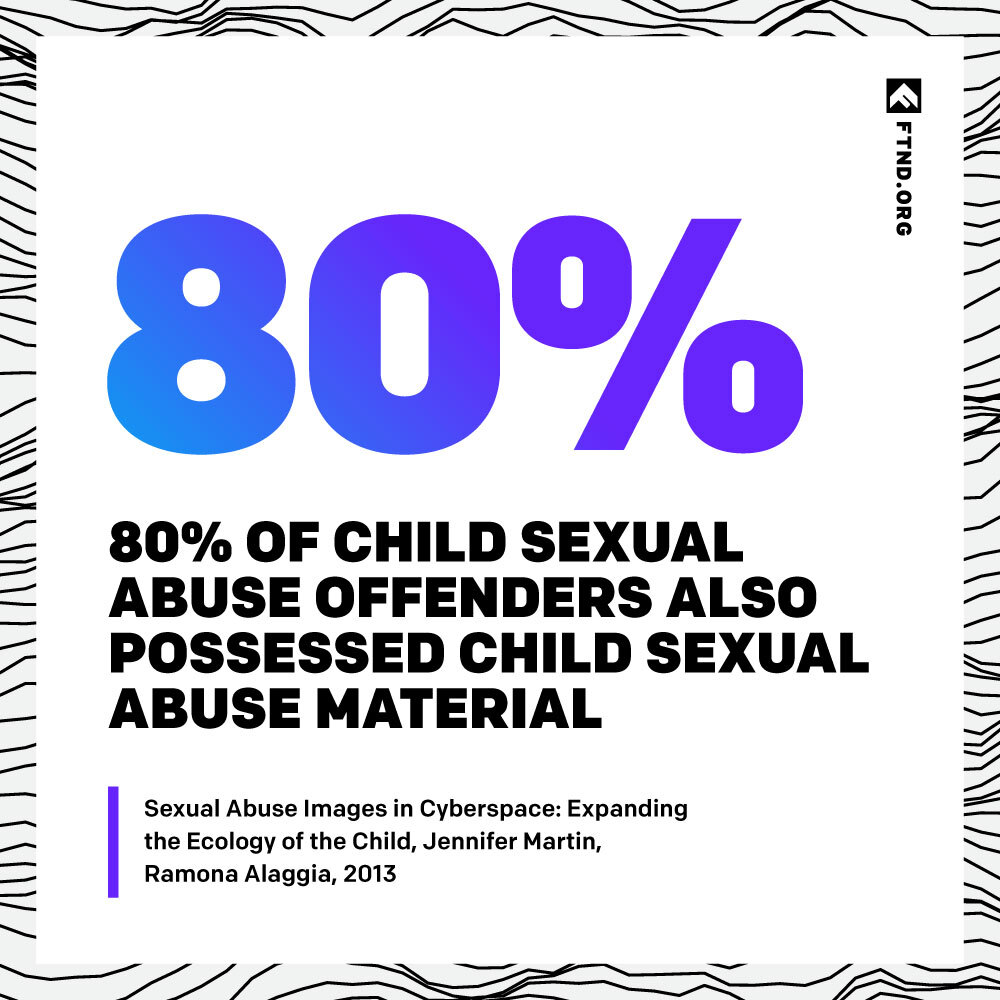The epidemic of child pornography is one of the most horrifying side-effects of the digital age. When one image of child sexual abuse is shared online, it spreads across the globe, retraumatizing the victim every time that image is shared, viewed, or downloaded.
The problem is only getting worse. In 2018, the Internet Watch Foundation (IWF), a UK charity, removed over 100,000 web pages showing child sexual abuse material. That number has gone up by a third every year. Some of the rise in numbers is due to better identification of abusive content, but also major increases in production.
In fact, the number of photos and videos of child sexual abuse online surged over 50% in 2019, according to a report from The New York Times. Nearly 70 million images and videos were reported to the National Center for Missing and Exploited Children, the Times reported
Accessing child porn used to be difficult, like finding a needle in a haystack. Today, child pornography is shared through P2P (file sharing) networks, encrypted messaging applications like WhatsApp, social media, adult pornography sites, and even suggested as a search option on Microsoft Bing. It’s even easily accessible on Twitter these days.
It seems obvious that such abuse should be eradicated. The question is, how? Is such a mission even possible? And if so, whose responsibility is it to end child porn?
An avalanche of abuse
Surprisingly, child porn is not considered criminal in every country.
According to the International Centre for Missing and Exploited Children, only 11 countries have legislation considered suitable to combat this abuse. Many countries have some legislation but just as many are deemed insufficient, and 35 out of the 196 countries assessed have no laws at all specific to child pornography.
Even in those 11 countries, police face the massive challenge of enforcing the law. They struggle to keep up with the amount of material, which has been compared to feeling like they are scooping out the ocean with a spoon. The quantity is immense, avalanche-like.
Once an image is uploaded online, it lives on forever. This is even worse with child porn as these images are quickly shared and downloaded. Wouldn’t it be so much better if child porn couldn’t be uploaded in the first place?
The role of tech firms
As it turns out, tech companies do have the power to prevent child porn from being uploaded to their sites, but their stances up until now have been very reactionary.
According to the IWF, some of these companies “refuse to engage.” Along with identifying and removing child porn, the charity also works with websites and tech companies to prevent the spread of these images and videos in the first place.
Currently, 82% of images flagged for removal came from hosting websites, many of which are legal places for anyone to upload images or videos. A sunset picture from a recent beachside vacation is harmless and fun, but should it be as easy to upload sexually explicit child abuse images? Obviously not.
This is where organizations like IWF come in to build protections into the back-end of websites, making it nearly impossible for the average user to upload abusive material. According to the charity’s CEO, many of the hosting sites don’t see the issue as a problem worth tackling.
Rob Jones, the National Crime Agency chief in the UK, believes tech firms could and should stop child porn from being shared online. He said the firms have the technology to be more proactive in stopping the spread of illegal images and videos, but instead they are taking a reactive approach.
“At the moment, there’s a risk that the proliferation of this material will be normalized within society, that the internet is seen as so difficult to police that we will just accept that this stuff happens,” Jones said. “It is moving from this stance of acceptance that child abuse will happen online and that images of abuse will exist online. We can’t accept that. It’s the moment to press the reset button…so this material becomes the exception and not the rule.”
This argument is solely about conquering the distribution side of child pornography, which is certainly not the only thing that can be done to curb the existence of child porn. Consider how minimizing the amount of content in the first place would free up law enforcement to focus their time on individuals who are producing child porn, engaging in online grooming, and committing sexual abuse acts.
Feeding the demand
We’ve said it before and we will say it again, the adult porn industry and child pornography are linked. Even though many porn sites don’t host illegal child content, porn is still a product that alters a consumer’s brain and sexual tastes. Not all, but some, consumers progress from viewing adult content to seeking more hardcore videos or even crossing the line to child porn.
It may seem like a big jump to go from viewing sexually explicit adult videos to child porn, but the popularity of the “teen” porn category bridges the gap between the age groups. In 2014, “teen” was Pornhub’s top search term, and years later today, it is still within the top ten.
Related: How To Report Child Porn If You Or Someone You Know Sees It Online
This category, in particular, primes consumers to be interested in fantasies involving minors. It makes what once seemed out-of-bounds, acceptable. It turns teens into sex objects and ultimately fuels the demand for child pornography.
As a society, it is our collective responsibility to end this epidemic. Law enforcement and tech companies all have a part to play, and so do we.




